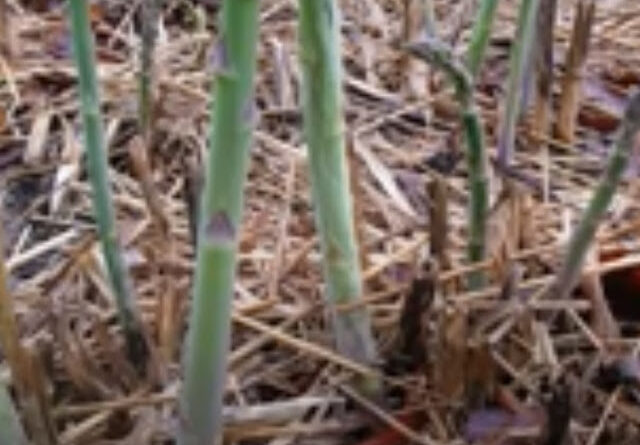Asparagus (Shatavari) Cultivation in India; A complete information Guide
Asparagus (Shatavari) Cultivation in India;
A complete information Guide
A Brief Introduction about the Asparagus Plant ;
Medicinal uses of Asparagus Plant;
In foods, asparagus spears are eaten as a vegetable. this will produce a pungent odor within the urine in some people. The seed and root extracts of asparagus are utilized in alcoholic beverages
Nutritive Value of the Asparagus Plant;
|
Component |
Values in % |
Component |
Values in % |
|
Moisture |
93.0% |
Fiber |
0.7% |
|
Carbohydrates |
3.9% |
Starch |
0.4% |
|
Sugar |
1.3% |
Ash |
0.6% |
|
Fat |
0.2% |
Calcium |
0.21% |
|
Protein |
2.2 |
Iron |
0.0012% |
|
Calories |
120 |
|
|
Climatic Requirements for Asparagus cultivation;
Asparagus is grown in temperate and subtropical regions. It requires the mean day temperature up to 25-degree Celsius and the most ideal night temperature for asparagus plants is 15 to 20 degrees Celsius. It prefers the average annual rainfall range between 600 to 1000 mm.
Soil Requirement and its Preparation for Asparagus Cultivation;
Selection of Varietes for Asparaus Cultivation;
2) Asparagus with white or light green colored – These varieties mainly used for processing purposes.
Important Varieties of Asparagus ;
Selection-841:
This variety is bush type, medium, uniform plants, and productive. The spears are 15-20 cm long, succulent, tender, green with better flavor, and suitable for soup preparation.
Yield potential is up to 90-110q green spears/ha.
Other Varieties; Jersey Gem ( Tolerance to Cercospora Leaf Spot), Jersey Giant and GreenwichUC-72, UC-66, and Sel-831 are also grown in Kashmir.
Sowing of Asparagus plant ;
Manuring in Asparagus ;
40 kg urea, 20 kg single superphosphate, and 30 kg murate of potash per acre is the recommended fertilizer dose for this crop. This should be applied in two installments. The first dose should be applied in the early spring before the start of growth and the second dose after the harvesting is completed.
After- Care in Asparagus cultivation ;
Weeding and hoeing should be done at a regular interval during the early stages of growth. The plant should be earthed up and this method enhances the yield. Irrigation is may be given during warm weather more frequently even once a week.






After study a few of the blog posts on your website now, and I truly like your way of blogging. I bookmarked it to my bookmark website list and will be checking back soon. Pls check out my web site as well and let me know what you think.